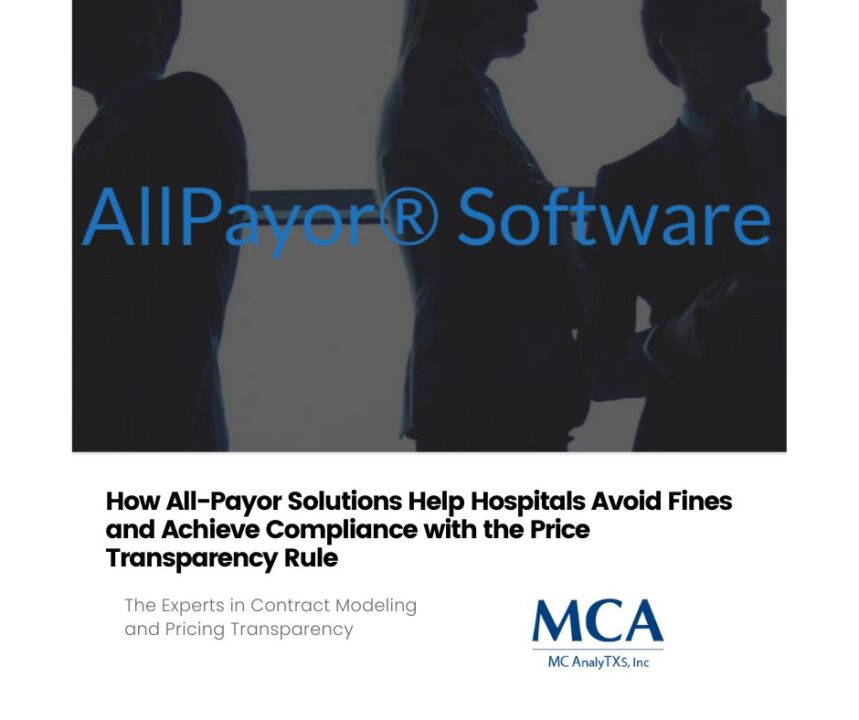
What Hospital CEOs Need to Know about the Biggest Challenges Today
February 20, 2023
How Hospitals are Using AI to Reduce Costs and Increase Efficiency
February 27, 2023For any healthcare organization to be successful, the revenue cycle process must be running smoothly and efficiently.
But what happens when the revenue cycle falls short? The root cause of a failing revenue cycle can vary, but there are some common issues that can hamper an organization’s success.
Here are four reasons why your revenue cycle may be lacking and three keys to transforming it.
The Lack of Automation
One of the main reasons a revenue cycle might not be meeting its full potential is that it is not automated enough. By streamlining processes with automation, organizations can reduce errors, eliminate paperwork and manual data entry, and speed up collections. Automation also makes it easier for physicians and staff to access information in real time, which allows them to make more efficient decisions faster.
Inefficient Workflows
Another issue that can hinder the smooth operation of a revenue cycle is inefficient workflows. It is essential for organizations to have a streamlined workflow process that reduces waste and optimizes resources. If a workflow process does not provide clear instructions about how tasks should be completed or who should be responsible for each task, then it will likely lead to confusion, delays, and costly mistakes.
A Lack of Technology Integration
Organizations need technology solutions that can easily integrate into their existing infrastructure in order to maximize efficiency and accuracy. Technology solutions such as electronic health records (EHRs) and billing systems are essential tools for providing quality care while also improving operational efficiency. Without proper technology integration, organizations run the risk of falling behind due to inaccurate or incomplete data collection or slow processing times due to manual entries or outdated systems.
Poor Communication between Departments Poor communication between departments is another potential pitfall in the revenue cycle process. Without effective communication between departments such as patient accounts receivable (PAR), coding/billing, medical records/health information management (HIM), information technology (IT), and finance teams, it is difficult for organizations to ensure all stakeholders are on the same page about deadlines and goals.
This lack of clarity can lead to delays in payments, incorrect coding, and other issues related to inaccurate documentation. To avoid these issues, organizations must strive for open dialogue amongst departments regarding policies, procedures, and expectations.
The success or failure of your organization’s revenue cycle depends on many factors—from automation and workflows to technology integration and communication between departments—but with careful planning and strategic implementation, you can transform your current system into one that drives positive results.
With these three keys—automation, efficient workflows, and effective communication —you will be well on your way toward optimizing your revenue cycle process. By taking these steps now you will ensure that your organization continues providing top-notch care while minimizing operational costs.
To learn more join our upcoming webinar Thursday, March 23rd at 1 pm CST.





